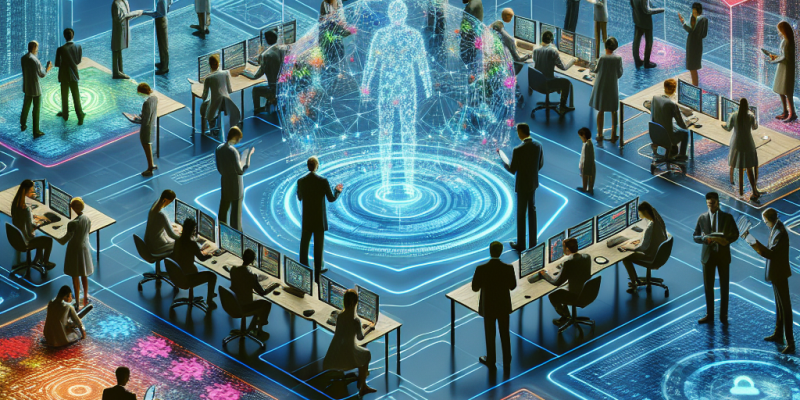The Human Element: Workforce Development in Cybersecurity by 2025

As we step further into 2025, the landscape of cybersecurity continues to evolve rapidly. With increasing threats from cybercriminals, the demand for skilled professionals in this field is higher than ever. However, the human element remains the most crucial aspect of cybersecurity workforce development. This article explores the current state of cybersecurity, the challenges faced, and the promising steps being taken to develop a skilled workforce.
The Growing Cybersecurity Threat
Today, organizations from small businesses to large corporations face significant cybersecurity threats. Cyberattacks are becoming more sophisticated, targeting everything from personal data to critical infrastructure. As cyber threats grow, organizations recognize the importance of having a knowledgeable workforce ready to defend against these attacks.
In 2025, it is estimated that the global cybersecurity workforce gap will exceed 3.5 million professionals. This shortage highlights the urgent need for effective workforce development in the field. Companies are looking for individuals who not only have technical skills but also understand the importance of human behavior in cybersecurity.
Key Challenges
While there are many training programs and initiatives aimed at developing cybersecurity professionals, several challenges persist.
-
Lack of Awareness: Many young people are unaware of the career opportunities available in cybersecurity. Without proper guidance and education, they may overlook this rewarding field.
-
Skill Misalignment: Often, the skills that are taught in educational programs do not completely align with real-world requirements. Employers may seek hands-on experience that traditional education programs do not provide.
-
Diversity and Inclusion: The cybersecurity field still lacks diversity. Bringing in talent from various backgrounds can lead to innovative solutions and a more inclusive work environment.
Workforce Development Initiatives
To address these challenges, several initiatives have emerged:
-
Education and Training Programs: Institutions are adapting their curricula to include practical skills and hands-on experience. Online courses, boot camps, and workshops have become popular for providing accessible training.
-
Internships and Apprenticeships: Many companies now offer internship and apprenticeship programs that give students real-world experience. These programs help bridge the gap between education and employment.
-
Community Outreach: Organizations like CyberSeek and Girls Who Code are working to increase awareness and interest in cybersecurity careers. They create resources and events aimed at young people to inspire them to explore this field.
-
Mentorship Programs: Pairing experienced professionals with newcomers to the field can help develop skills and provide guidance. Mentorship fosters a supportive environment that encourages growth and learning.
-
Focus on Soft Skills: Technical skills are essential, but soft skills such as communication, teamwork, and problem-solving are equally important. Training programs are beginning to emphasize these skills to create well-rounded professionals.
The Future of Cybersecurity Workforce Development
Looking ahead, it is clear that the human element will be key to success in cybersecurity. As organizations invest in workforce development, they will need to prioritize collaboration, creativity, and adaptability.
By 2025, we expect to see more partnerships between academia and industry, leading to a workforce that is better prepared to tackle the challenges of cybersecurity. As the demand for skilled professionals continues to rise, it is crucial to build a pipeline of talent that is diverse, skilled, and ready to make an impact.
In conclusion, the future of workforce development in cybersecurity is bright, thanks to the initiatives focusing on the human element. As we continue to navigate this critical field, investing in people will prove to be the most powerful defense against cyber threats.














